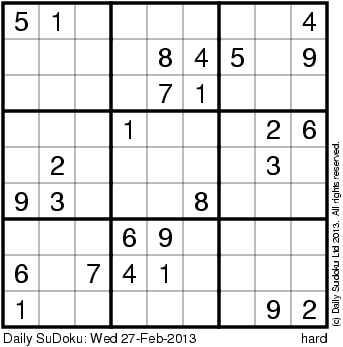Tuesday, 26 February 2013
Game Calls #1: Turkey Friction Call

Well, thanks to the comments and questions I have gotten I dug through my pics to find one I had on how to make a pot call. So for the folks that want a quick tutorial here we go.
A pot call is basically a shallow dish containing two ledges inside. One is cut into the rim to hold the playing surface while the second is a ring left in the center raised to clear the bottom of the pot and still leave a space between the sound board that rests on it and the playing surface above it.

One thing not shown is how tall the call is, that would be 3/4”. Another is the rim at the bottom is 1/8” high.
These dimensions are fairly critical in how a call sounds. You are building a musical instrument so minor changes will make a difference. One question all new makers ask is if different woods give different sounds and the answer is, yes. The density and hardness of the material you use does change the vibrations you create. Another big one is sound board or no sound board. Again what you use makes sound changes. You can use almost any material you use as the playing surface for a sound board plus wood, acrylic and plastic. The sound board is smaller than the playing surface to leave a small gap between the inside walls of the call and the sound board. You can choose to leave the sound board out, too. An example is what I use, playing surface is 3 1/2” while the sound board is 3”.
The holes in the bottom of the call can vary widely, from a single hole to 8+. You can place them in patterns you like and vary the sizes. The number and size will change the sounds.
The playing surface and sound boards need to be glued into place. Almost all call makers use GOOP to do this. It is far better than other glues so I would suggest sticking with it. Get it sticking with it, it’s glue and it sticks stuff. ;-)
You can turn these using a face plate with a screw but the easiest way is with a chuck which I finally bought a few weeks ago. I drill a 3/4” hole in the center using a Forstner’s bit the mount it on the lathe. After getting things round I trim the piece to 3/4” thickness then start hogging out the wood in the center.

This is a show call that is why it has wings. Not a useable piece I was just messing around but you can see how it sits on the lathe.
I make the rim at the edge first then clean out the whole call to the depth I need leaving the ring in the center. After that I flip the call and do any detailing I want on the outside and sand to finish. There is nothing really hard about these and after one or two you can turn them fairly fast. In fact you can do this process reversed, doing the outside of the call then flipping it to do the inside.
Once I have this it is back to the drill press for sound holes if needed then to the finish table. Most of mine just get rattle can lacquer or WOP. I do use a natural stain before applying the clear.
You can also turn your striker to play the call. The woods used for these change everything again. Do not sand the tip too much as the small scratches cause the friction you need. You will also need to scuff the playing surface with a 3M green pad.


Strikers vary widely and I will do another post on them later.
Crafty Puzzles


